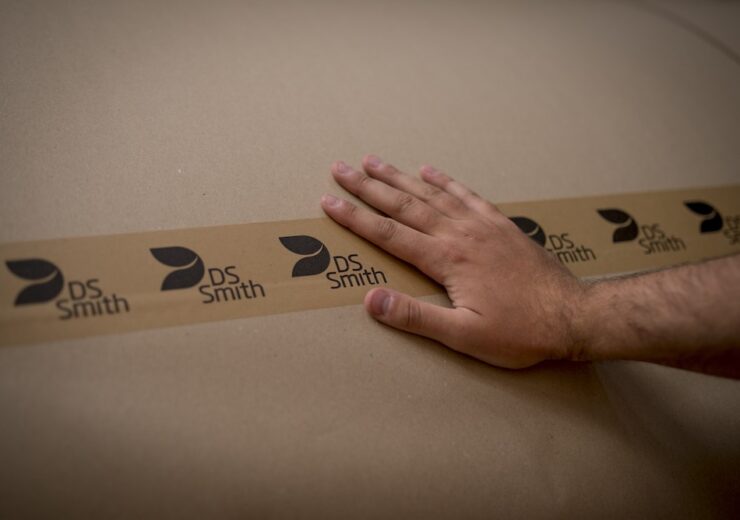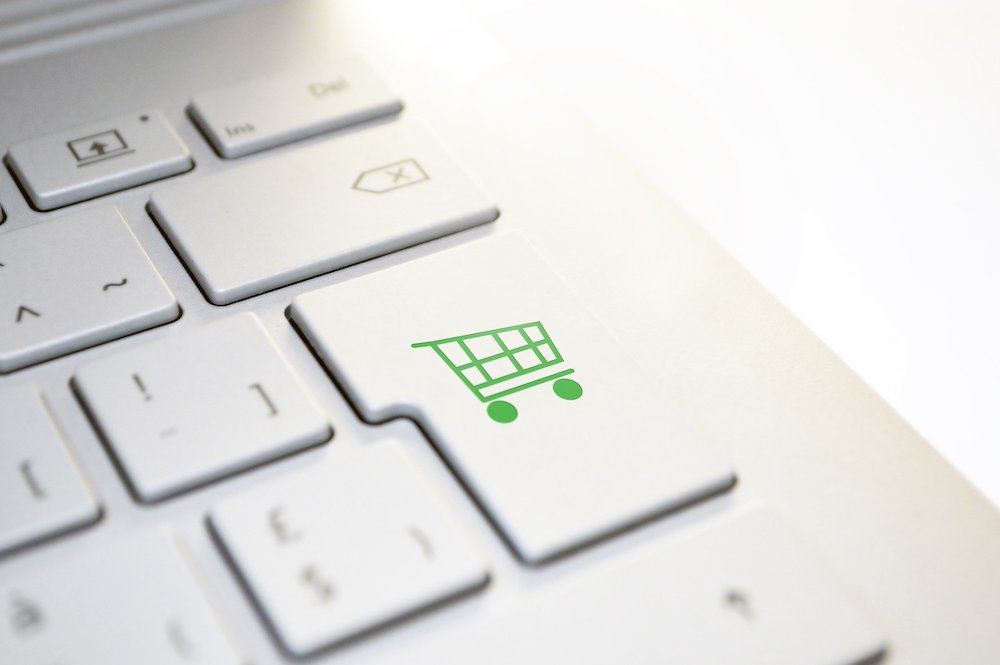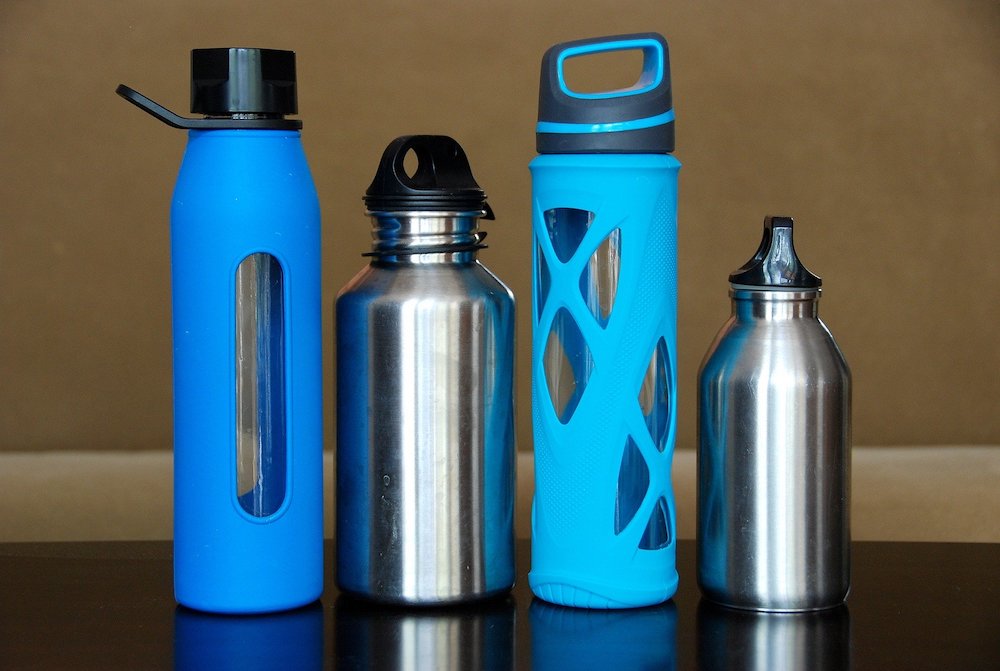NS Packaging's Thomas Parker speaks to DS Smith's head of sustainability Wouter van Tol about e-commerce, waste collection and the circular economy

Packaging company DS Smith was founded in 1940 (Credit:Jason Alden/DS Smith)
On 30 April 2020, packaging giant DS Smith launched its Circular Design Principles, which seeks to drive sustainability through the circular economy.
Developed in collaboration with the Ellen MacArthur Foundation, the individual principles have been created to help companies design reuse and recyclability into their packaging.
The announcement followed a study revealing 74% of European adults were not clear about which types of packaging can and can’t be recycled.
Alongside this, 51% of Europeans cited confusing information on packaging as the reason why they were unsure whether to recycle a piece of packaging or not.
Speaking at the time, DS Smith’s packaging CEO Stefano Rossi said: “There is an undeniable desire from the public to help with the climate crisis, but a lot of packaging is still not recyclable, and people are confused about what packaging goes into which bin.
“We have launched our Circular Design Principles to help companies evolve to meet the needs of the public.
“By introducing this set of principles, we can design for recyclability, design out waste and pollution, create packaging suited to a circular economy and make it easier to provide labelling to help consumers recycle more.”
The five design principles have been developed to design out waste, keep products and materials in use, and regenerate natural systems.
These Circular Design Principles are:
- Protect the brands and products
- Use no more materials than necessary
- Design for supply-cycle efficiency
- Keep packaging materials in use
- Empowering designs to find better ways of making packaging
DS Smith later hosted a public webinar that talked through the design principles, which the company’s new head of sustainability, Wouter van Tol, says is important because it wants to help the industry as a whole drive the circular economy forward.

Here NS Packaging’s Thomas Parker speaks to Wouter van Tol about e-commerce and the importance of the circular economy.
DS Smith head of sustainability Wouter van Tol on designing out waste and its importance to the circular economy
“Designing out waste is good for business and the environment, and I think everybody can get behind that principle.
“But that takes a lot of work from designers.
“The industry has been doing that for a while, but we can do more to design out waste, such as not using any more fibres than strictly necessary for the purpose of the pack.”

DS Smith head of sustainability on waste collection and segregation
“In the case of paper, we know we’ve got around an 84% recycling rate, but we want to increase that further and get to 100%.
“For that, we need to have the right collection and segregation facilities.
“Those collection and segregation facilities are also, of course, important for a lot of other materials.
“If I think about plastics, in order to really get recycled contents up to the level where we need it to be there are so many different types of polymer that need to be segregated.
“So if there’s one wish that I would have that applies to pretty much all materials, it’s to optimise collection, segregation and recycling facilities.”
DS Smith’s Wouter van Tol on e-commerce and packaging
“Many businesses recognise that e-commerce has been a huge solution for many people’s lives in the past few weeks and months, and obviously it’s something we want to make as efficient as possible.
“DS Smith as a business has been working very hard for years on e-commerce, particularly looking at how to reduce the number of empty spaces in shipments.
“So we’ve developed a made-to-fit solution, and we’ve also been using the circular guidelines in the e-commerce space.

“And this is not unique to e-commerce – all our packs, wherever they’re used, go through that circular design process.
“There’s been a huge spike in e-commerce, but in a way that hasn’t really made things that different for us.
“What I do think we should look at now is how the world will change going forward – looking at how much of this e-commerce spike will remain, and to what extent we go back to the previous situation.
“We want to make this as green a recovery as possible, and that’s something that we can really contribute to.”
DS Smith’s Wouter van Tol on reusable packaging
“You need to be extremely honest about the lifecycle impact of reusables, and you need to be very careful about checking the scope of these studies.
“Otherwise it’s easy to jump on the bandwagon and accidentally ignore some of the real impacts.
“What we should be collectively looking for is ways to minimise the impact on the environment.
“Reuse has a part in that, and recycling is a part of that – but we need to be honest about what the boundaries and scope of these lifecycle assessments are so we make the right decisions.”

DS Smith head of sustainability on the circular economy and protecting products
“What is important is that the packaging is as circular and as environmentally-friendly as possible to minimise the impact of the packaging.
“This includes making sure that the packaging protects the product, because what we do know is that packaging generally accounts for about 10% of the carbon impact of most products.
“Therefore it’s not that helpful to just focus on the packaging.”
